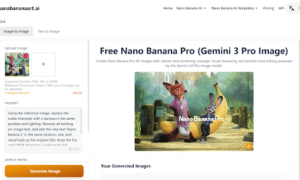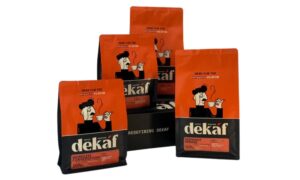Sticker art has exploded in popularity. From laptops to water bottles to journals, people love adding small, expressive pieces of art to their everyday items. For artists and small shops, selling stickers is an accessible, low-cost way to turn creativity into income. But to stand out in a crowded market, you need more than great designs—you need strategy.
Here are practical, reliable tips to help you sell your sticker art successfully.
1. Start with High-Quality Designs
Strong design is your foundation. Whether you’re illustrating characters, lettering, or abstract patterns, make sure your work is clean, bold, and visually striking at small sizes. Stickers are often only a few inches wide, so intricate details can get lost. Test your designs at scale to see how they hold up.
Also, think about your audience. Are you creating for a niche (like plant lovers, gamers, or social justice advocates)? The more specific your designs are, the more likely you are to attract loyal fans.
2. Choose the Right Materials
People want stickers that last. Use weatherproof vinyl or laminated paper that’s water-resistant and durable. Matte or glossy? It depends on your style and audience. Glossy tends to be more vibrant, while matte gives a soft, modern feel.
Shape matters, too. A perfectly shaped sticker—whether die-cut to your design or a crisp circle or square—adds to the professional look. Invest in good cutting or printing services that offer clean, precise edges.
3. Price Smartly
Pricing can make or break your sales. Too low, and you devalue your work. Too high, and customers may hesitate over a $3 purchase. Factor in your materials, time, shipping, and overhead. Most individual stickers sell between $2 to $5 depending on size and quality. Consider offering sticker packs for added value.
4. Use Great Product Photos
Even the best stickers won’t sell if your photos are flat. Use natural light and take pictures from multiple angles. Show your stickers on different surfaces—laptops, water bottles, notebooks—so buyers can imagine them in real life. Clean, bright, and styled product photos make a huge difference in how professional your shop appears.
5. Sell on Multiple Platforms
Start with one platform that fits your comfort level—Etsy, Shopify, or even Instagram Shops. Then expand. Each platform has different strengths:
- Etsy: Great built-in audience but charges fees.
- Shopify: More control, but you’ll need to drive your own traffic.
- Instagram/TikTok: Excellent for visual promotion and direct selling.
Don’t overlook local craft fairs, art markets, and pop-up shops, either. In-person events help you connect directly with buyers and get feedback on what sells.
6. Promote Consistently on Social Media
Social media isn’t just for showing off finished products. Share your process, behind-the-scenes content, and packaging videos. Stories, reels, and TikToks help create a personal connection with your audience.
Use hashtags strategically (#stickershop, #vinylstickers, #artistsoninstagram) and engage with other creators. Cross-promotion and community involvement go a long way.
7. Offer Excellent Customer Service
Fast shipping, secure packaging, and a personal touch (like a thank-you note) turn one-time buyers into repeat customers. Make returns and exchanges easy. Respond to messages quickly and professionally.
Customers remember how you treat them—especially when they’re supporting small creators.
Final Thoughts
Sticker art is more than a fun hobby—it’s a legitimate creative business. By focusing on quality, presentation, and customer experience, you can grow from selling a few designs to building a brand. Whether you’re just starting out or trying to expand, keep learning, keep experimenting, and keep creating. The world has room for your art—one sticker at a time.
Read More From Techbullion



































